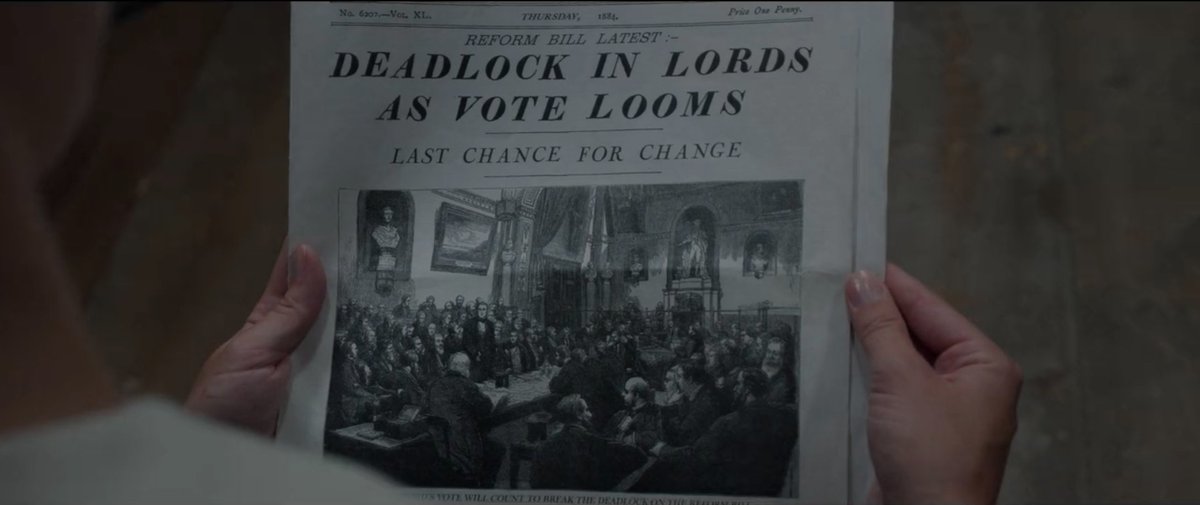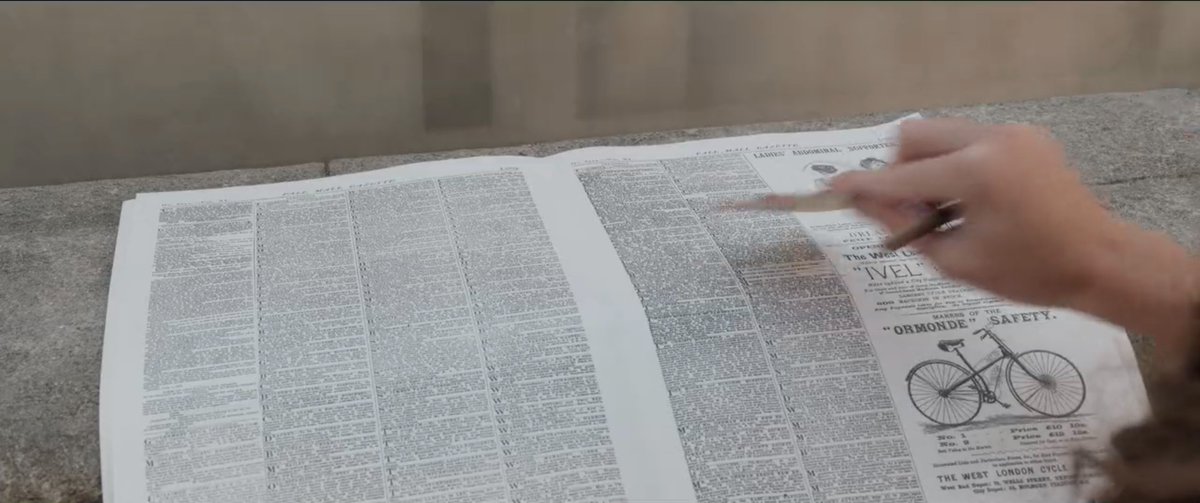I’ll just leave this spin-off thread about a bad Daily Mail reproduction here, so that all of my ranting about anachronistic newspaper props is in one place.
https://twitter.com/digivictorian/status/1255870790676946944?s=21https://t.co/C8hpWVMIp2
As ever, if *YOU* spot a historical newspaper prop in a film, tv show, game, etc, then please send it my way and I’ll dissect it here in tedious detail.
I HAVE BEEN SUMMONED!
https://twitter.com/FernRiddell/status/1308133582414770178?s=20
I swore I'd stop banging on about the misrepresentation of newspapers in historical dramas, but then THIS happened in #EnolaHolmes, and here we are again. 

The Pall Mall Gazette — a real Victorian newspaper with a fascinating history — crops up several times in #EnolaHolmes. Here's what the paper looked like at this time.
They got the masthead and back page of adverts spot on, but...
They got the masthead and back page of adverts spot on, but...
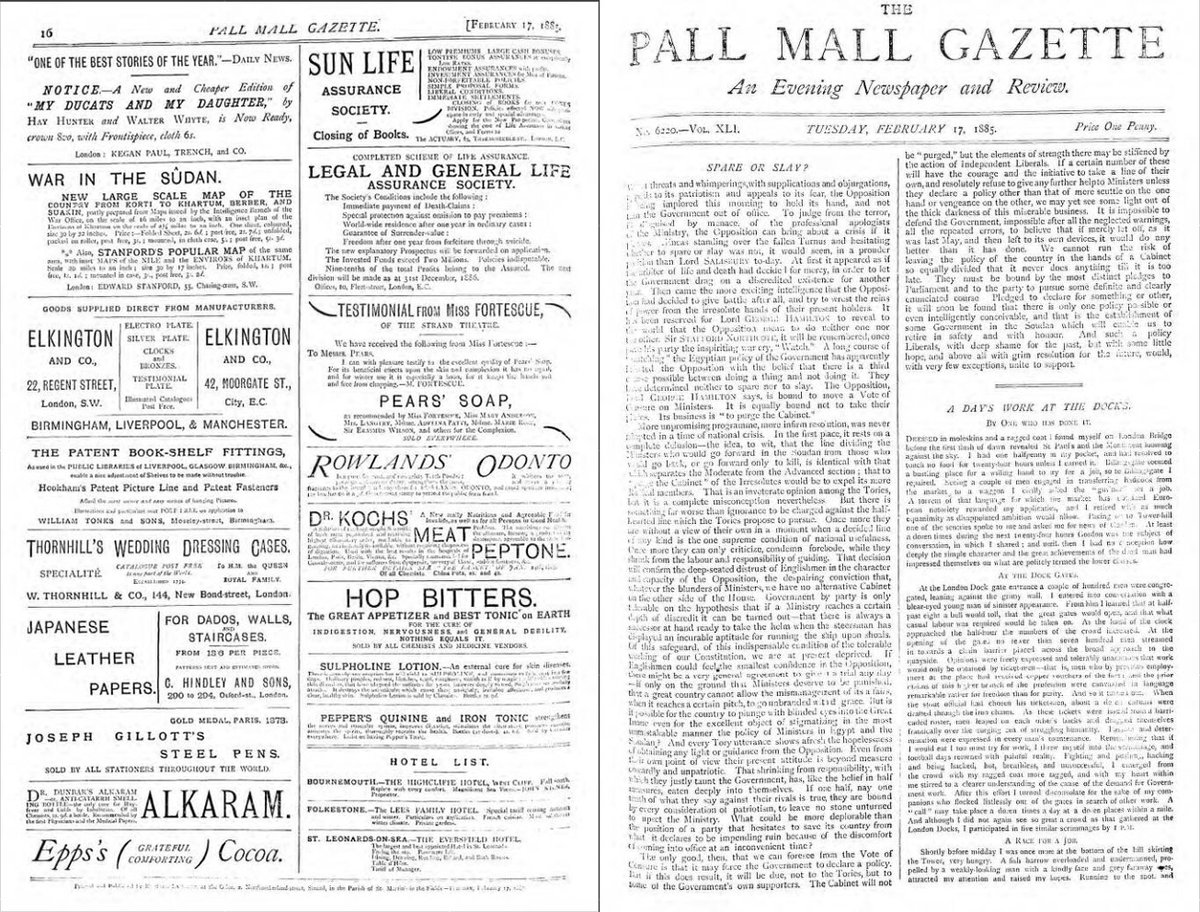
The Pall Mall Gazette was an evening paper with a different format to many of the morning papers I've posted in this thread. Unlike, say, The Times, the PMG *did* print news on its front page instead of adverts — so it's not *entirely* wrong to see it here in #EnolaHolmes. 

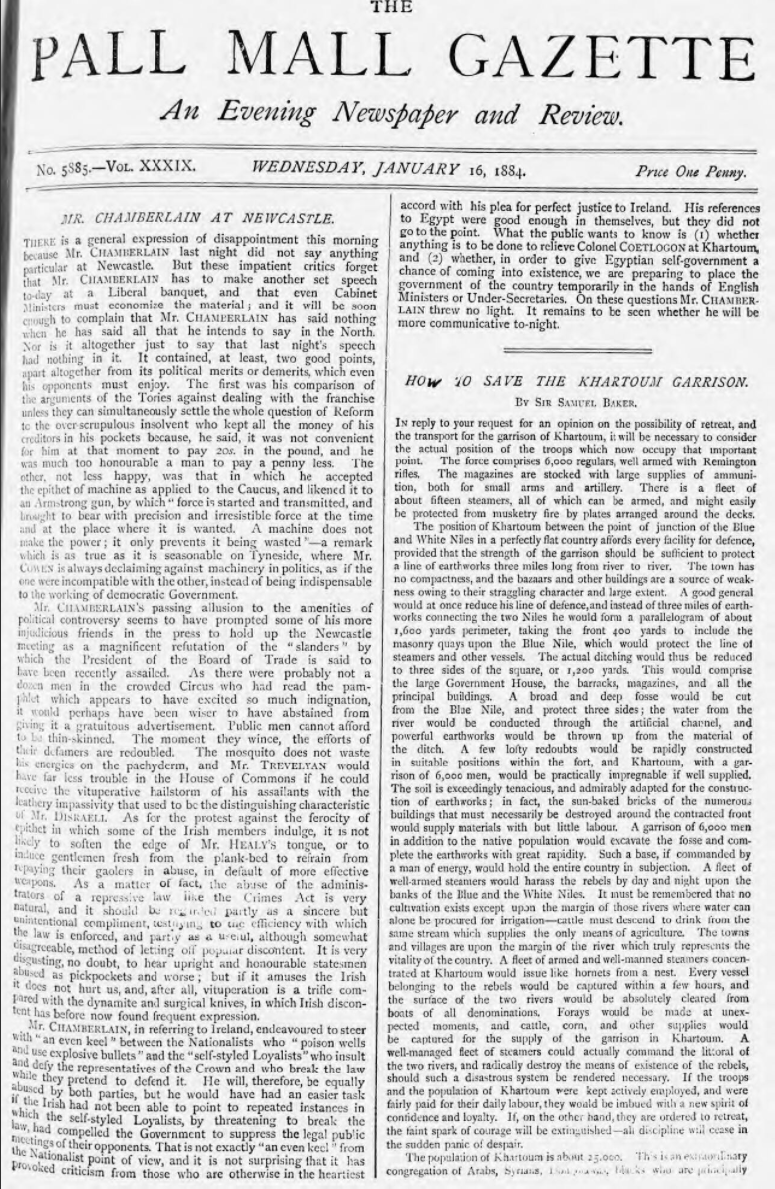

As I mentioned near the start of this thread, the Pall Mall Gazette — under the maverick editorship of W. T. Stead — was also experimenting with typography & headlines in the 1880s. But this famous headline from 1885 was BIG for the time! 

So, while the massive font and egregious use of italics is totally out of step with the Pall Mall Gazette and other Victorian papers, I guess a generous interpretation would say that it was still kinda in the *spirit* of Stead's experimental and sensationalist journalism. 

Unlike morning papers, the Pall Mall Gazette also made sparing use of simple images — though not on the front page like the prop in the film. Detailed front-page images like this were chiefly limited to weekly newspapers (who had longer to produce them as a result). 

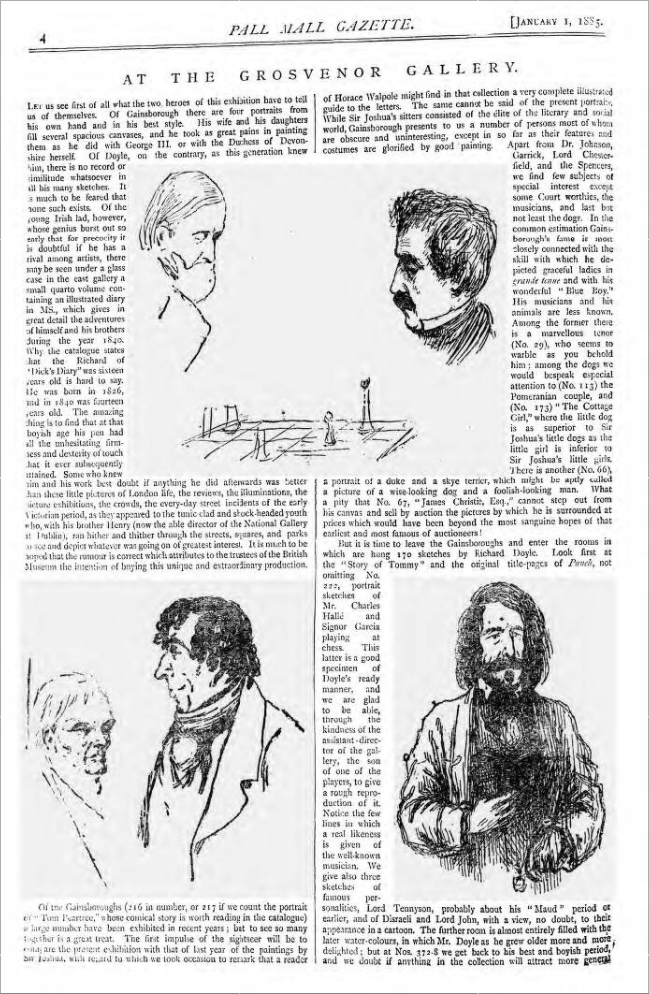
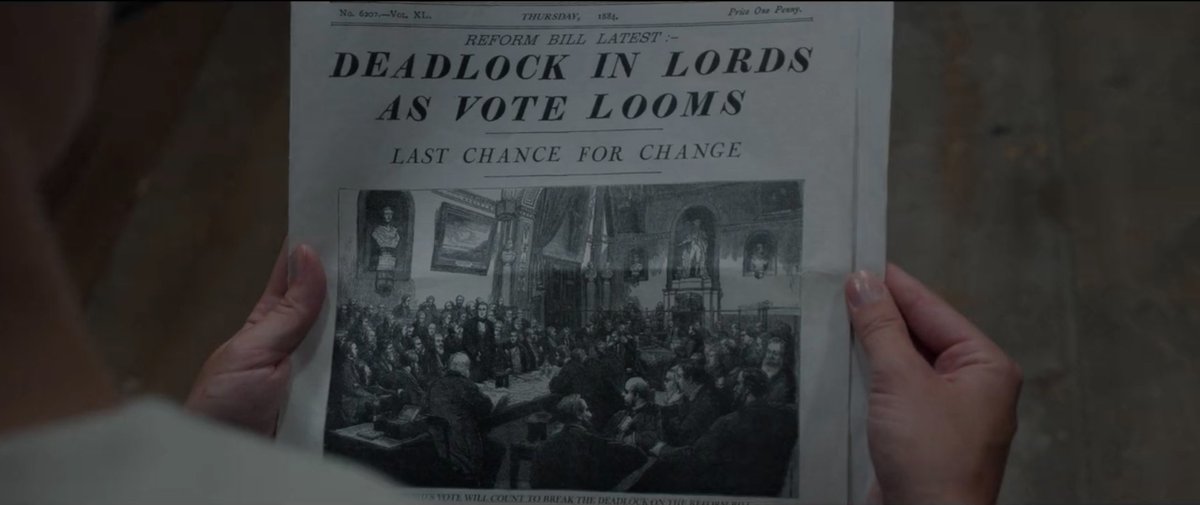
The film also gives us a good look at the inside of the paper, and again it's a mixed bag of material lifted directly from the real PMG (all fine) and additional stuff grafted awkwardly on top to serve the plot. 

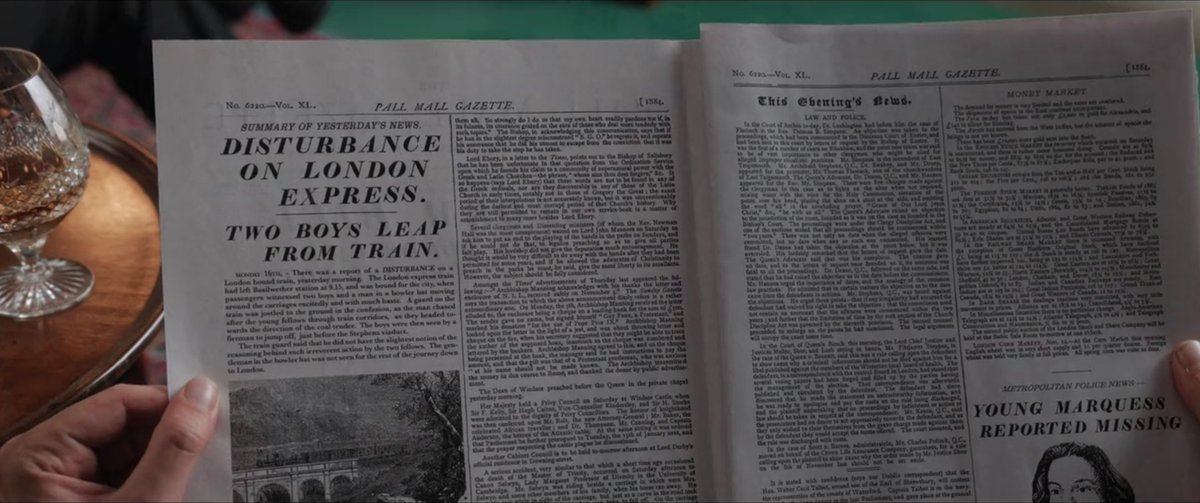

At one point, the inside of the Pall Mall Gazette randomly does an impersonation of The Times' personal adverts page.
¯\_(ツ)_/¯
¯\_(ツ)_/¯

On the plus side, it looks like they've got the size of the paper roughly correct. The PMG was much smaller than a morning broadsheet. I can't check for sure without googling the length of Henry Cavil's fingers, and today is not that day. 
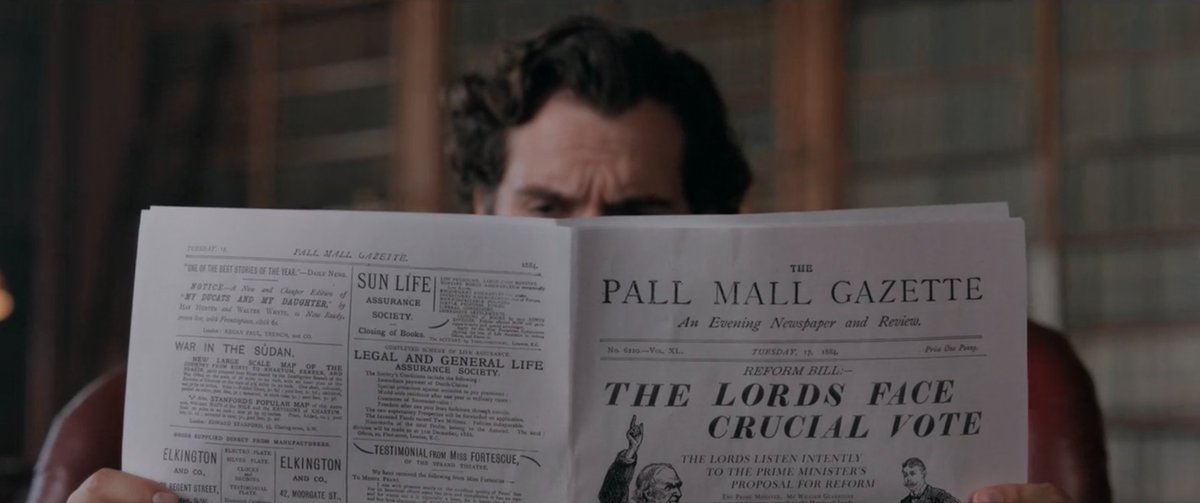
The morning newspapers in the rack at the back of the reading room are alright too — look at the size of those bad boys! 

Alright, I think I'm done for now. None of this, of course, is a meaningful criticism of the film, which I'm looking forward to watching properly later, instead of obsessively scrubbing through it looking for newspapers.
• • •
Missing some Tweet in this thread? You can try to
force a refresh


